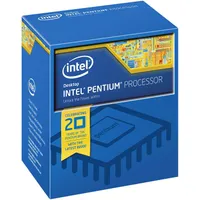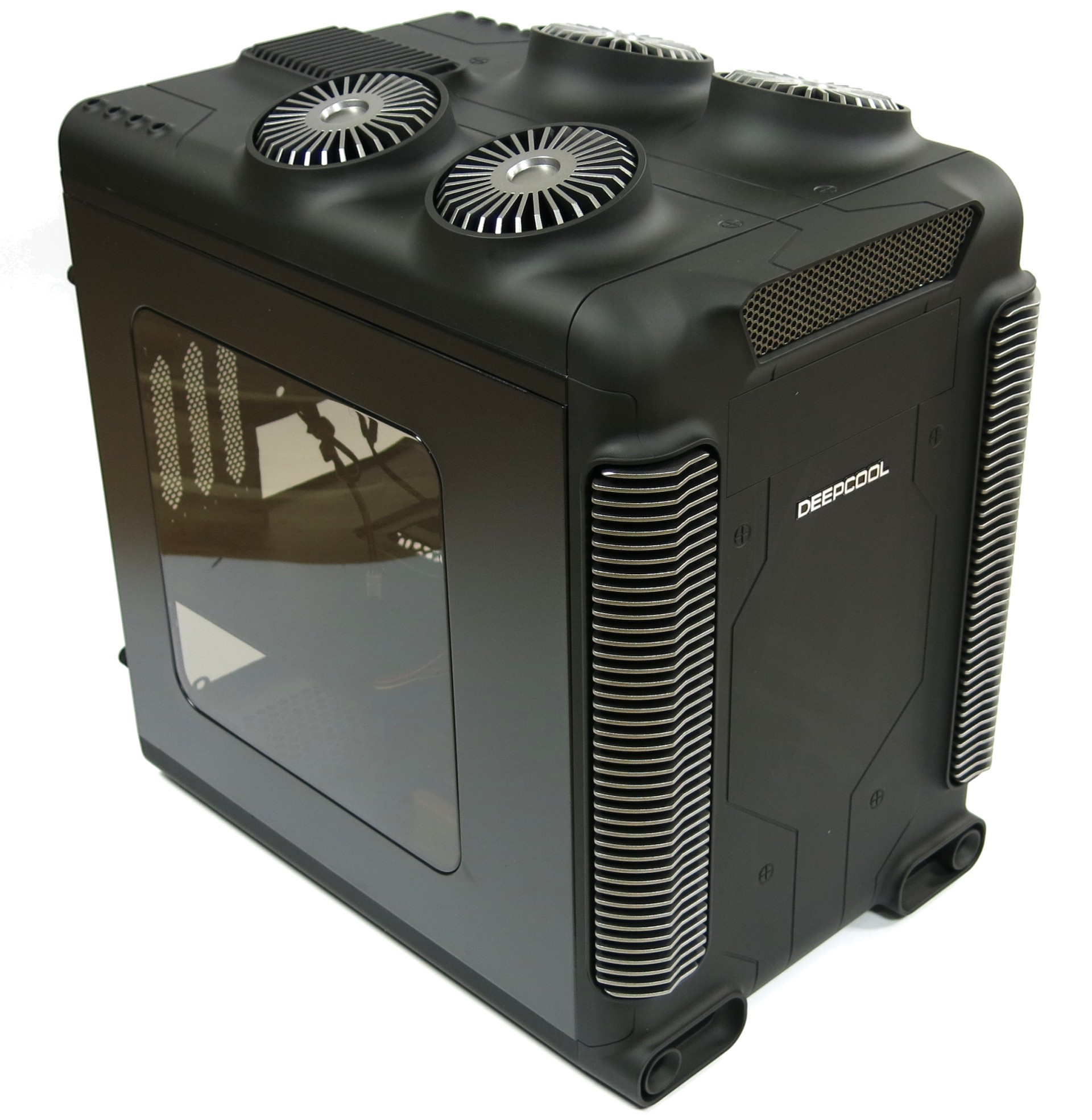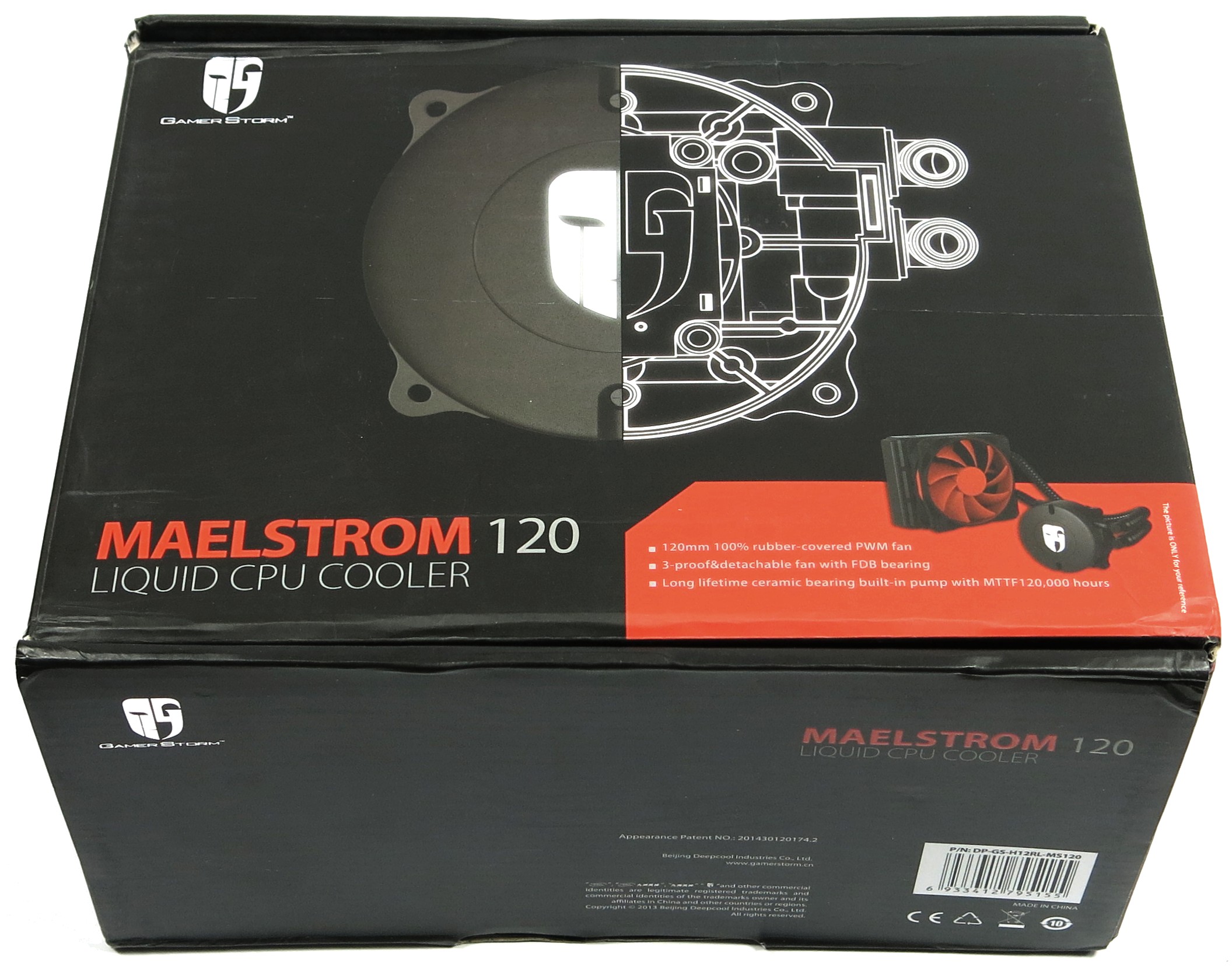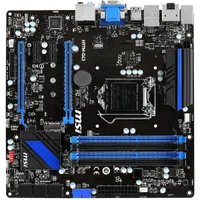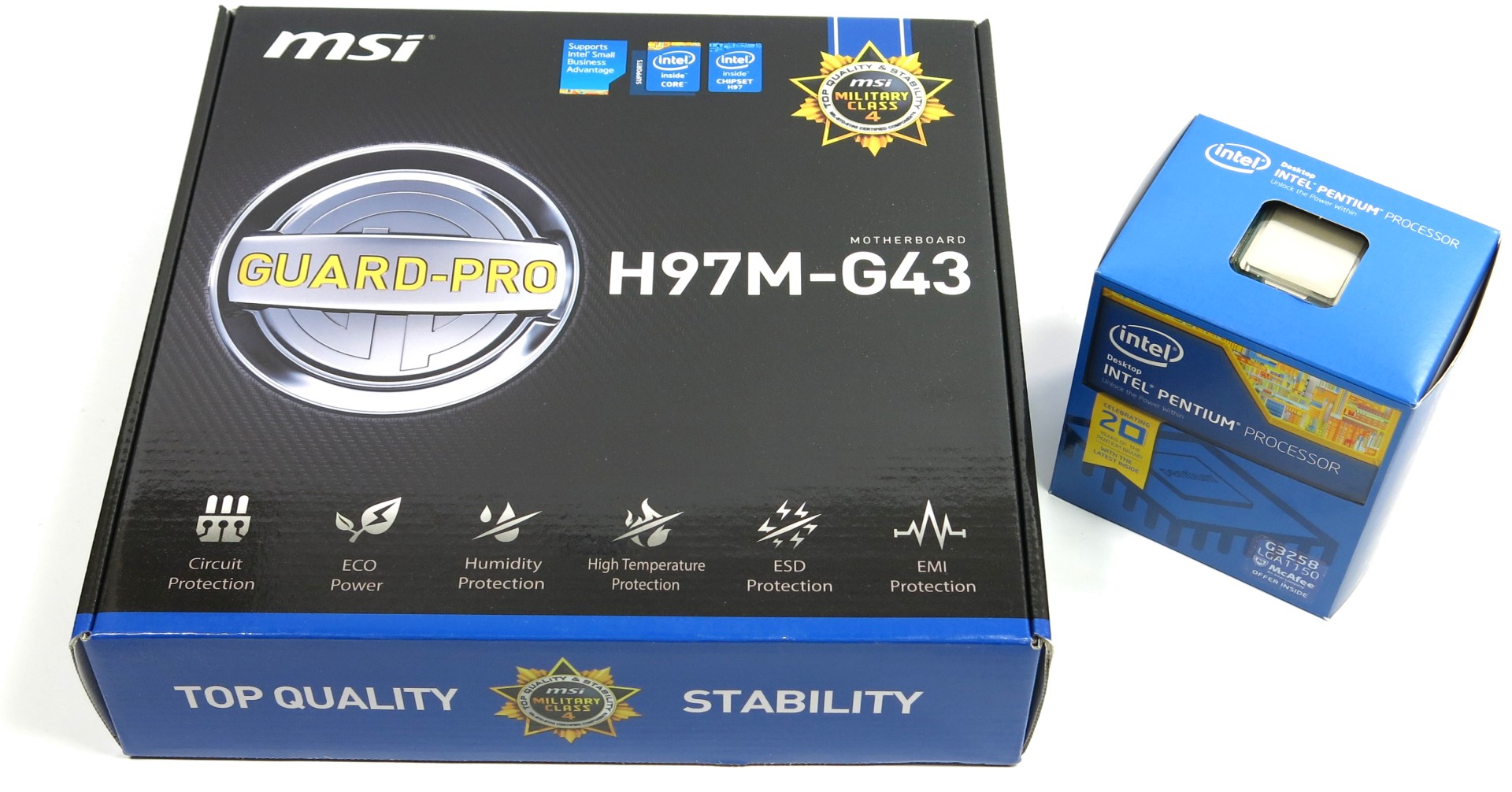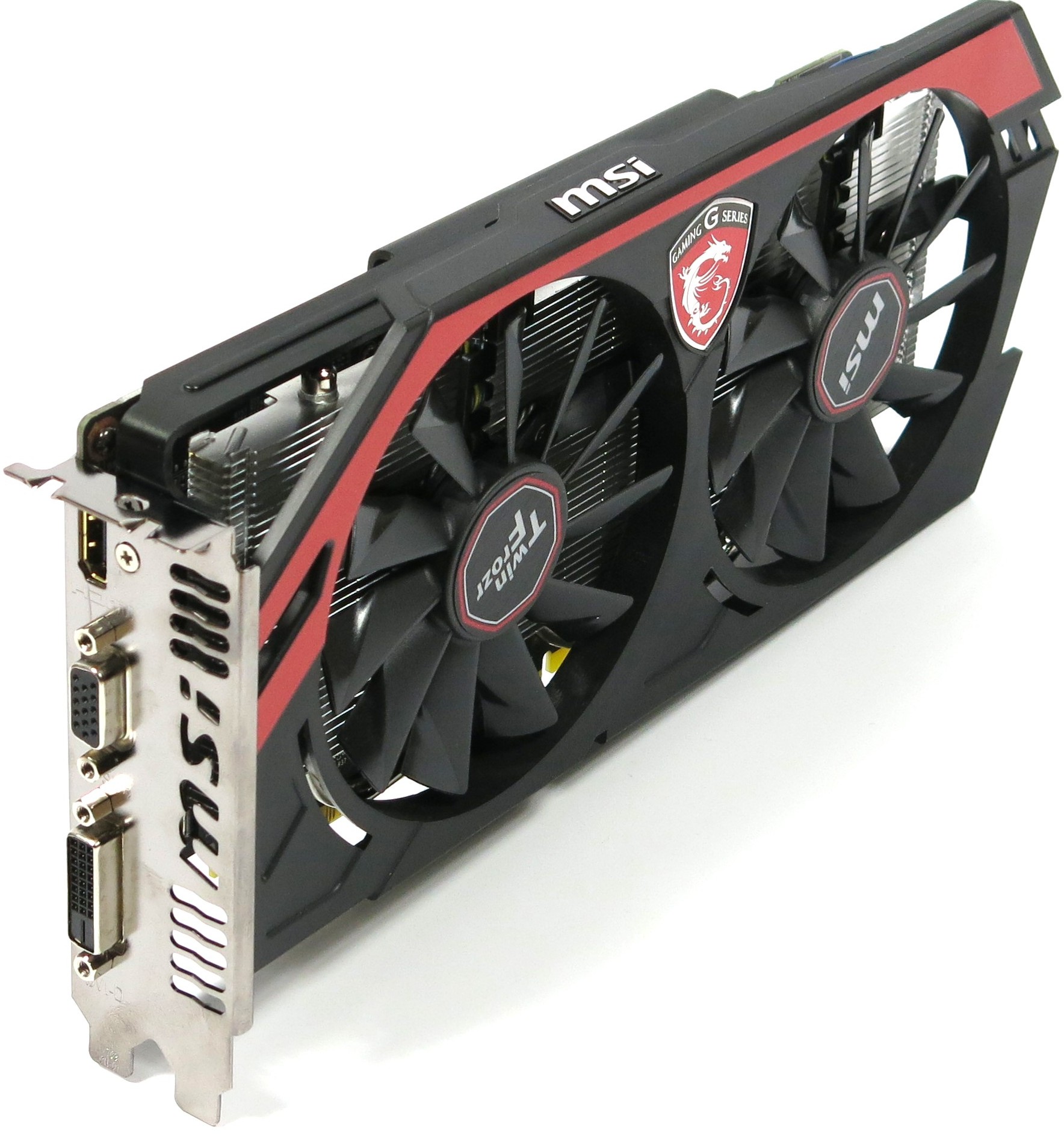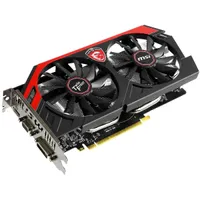Building An Intel-Based MicroATX Gaming PC On A Budget
Building a Budget Intel-Based MicroATX Gaming Cube
Back in May, we published a story called Build A Balanced AMD-Based Gaming PC On A Budget, which showed you how to construct a low-cost system using AMD's Athlon X4 750K CPU and appropriately-quick graphics cards, all housed in an attractive case. After all, just because you kept an eye on your budget doesn't mean your gaming box needs to be ugly.
This time around, we wanted to do something similar on the Intel side, particularly in light of the good press its Pentium G3258 has been receiving. Our own coverage (Intel Pentium G3258 CPU Review: Haswell, Unlocked, For $75 and The Pentium G3258 Cheap Overclocking Experiment) shows that, even though the Pentium is a dual-core processor lacking Hyper-Threading technology, overclocked, it's still able to out-perform the quad-core Athlon in a great many workloads. It's cheaper, too, which we like.
Component vendor Deepcool has been offering to send us hardware for years, and we typically declined because the company's products weren't readily available in the U.S. More recently, however, it scored a spot on Newegg, and so the Steam Castle enclosure we're using today is something you can actually go out and buy. We thought we'd give the $100 enclosure a test run.
In addition, we have the company's Maelstrom 120 closed-loop liquid cooler. That one isn't available yet, though we're assured it will be soon.
The core of this DIY project is MSI's H97M-G43 motherboard, which sells for about $90, and Intel's overclocking-friendly, multiplier-unlocked Pentium G3258, available at $70 on Newegg.
We don’t blame you if you do a double-take: overclocking on a H97-based board? Yup. You've already seen us do this on an inexpensive H81-based platform using beta firmware. So we can't guarantee that Intel won’t kill this feature through some upcoming microcode update. But given the overwhelmingly-positive community response, we've only heard a token protest from the chip giant (and not even through official channels).
Our overclock was an overwhelming success, peaking at 4.7 GHz through a massive voltage increase. This is neither reasonable nor practical, though, and we've trolled the G3258 user reviews, noticing a great many power users hitting ceilings around 4 GHz, too. As a result, we settled in on a 4.4 GHz clock rate, which requires very few changes in the BIOS and should be possible with most Pentiums.
Get Tom's Hardware's best news and in-depth reviews, straight to your inbox.
Then we added a $160 MSI GeForce GTX 750 Ti Twin Frozr Gaming graphics card, completing our well-proportioned budget-oriented gaming machine. It has no trouble handling AAA titles. Just don't expect to run at the highest resolutions with overly taxing detail settings. Not everyone needs a high-end system and its associated price tag. With that in mind, we're happy to present this alternative to our previous AMD build, which should give you years of great performance, despite its conservative cost.
Current page: Building a Budget Intel-Based MicroATX Gaming Cube
Next Page Deepcool Steam Castle
Igor Wallossek wrote a wide variety of hardware articles for Tom's Hardware, with a strong focus on technical analysis and in-depth reviews. His contributions have spanned a broad spectrum of PC components, including GPUs, CPUs, workstations, and PC builds. His insightful articles provide readers with detailed knowledge to make informed decisions in the ever-evolving tech landscape
-
bernie456 Anyone in their right might is not going to spend $100 on the case in a budget build, let alone one as ugly as that one.Reply -
pierrerock And this is why i would not buy a G3258 if i have to get a Z97 Board. I know H81 Boards can now overclock this CPU, but there is a lot of chances that this board would not have a bios recent enough for this CPU. and since you buy a G3258, there is little chance you have another LGA 1150 CPU in your sleeve to flash the bios.Reply
I would get a X4 760K with a better GPU instead of a G3258 with a more expensive motherboard... -
Ethan Feinhaus The only problem I have with this is that you're trying to describe a budget system with a water cooler. When one is building a budget system, there's no reason to have a water cooler when the stock cooler would function well enough.Reply -
Nestor Turizo Noob question: Isnt a stock, on air i5 for 200 usd aprox. a better option than a cheap processor + fancy cooler for 200+ usd?Reply -
pierrerock Reply14114978 said:Noob question: Isnt a stock, on air i5 for 200 usd aprox. a better option than a cheap processor + fancy cooler for 200+ usd?
Yeah a I5 would totally be better, but as for gaming, it would not push a 750 TI much more than a G3258 would. But you are right to think that a water cooling is not a good idea budget-wise -
lp231 Why isn't the total mentioned for this budget build? Also the price for the ram, aio cooler, optical drive are missing. I had to add those in by guessing the most acceptable price for those missing parts and total with what was price listed came out to almost $840. At that price, it's not a budget build. Budget build is suppose to be around $500 or less. $600 is consider a huge headroom.Reply
AIO $ 80, ODD $16 , RAM 8GB (2x4GB) $73
Most of these budget build makes no sense when there is no strict budget cap. Next time when there is another budget build and there is something that just got to have it, but cost like $100 more, let's up the price cap and still call it a budget build!
